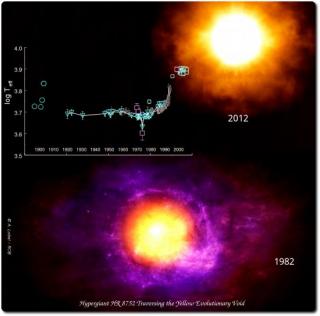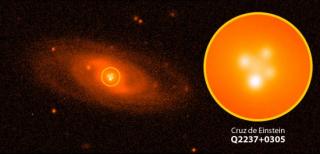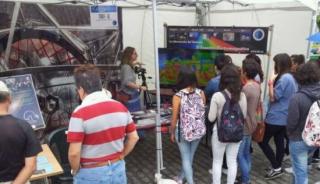
A European team, with the participation of the IAC, has just published the results of 30 years of research into the hypergiant star HR 8752
Advertised on
This section includes scientific and technological news from the IAC and its Observatories, as well as press releases on scientific and technological results, astronomical events, educational projects, outreach activities and institutional events.




